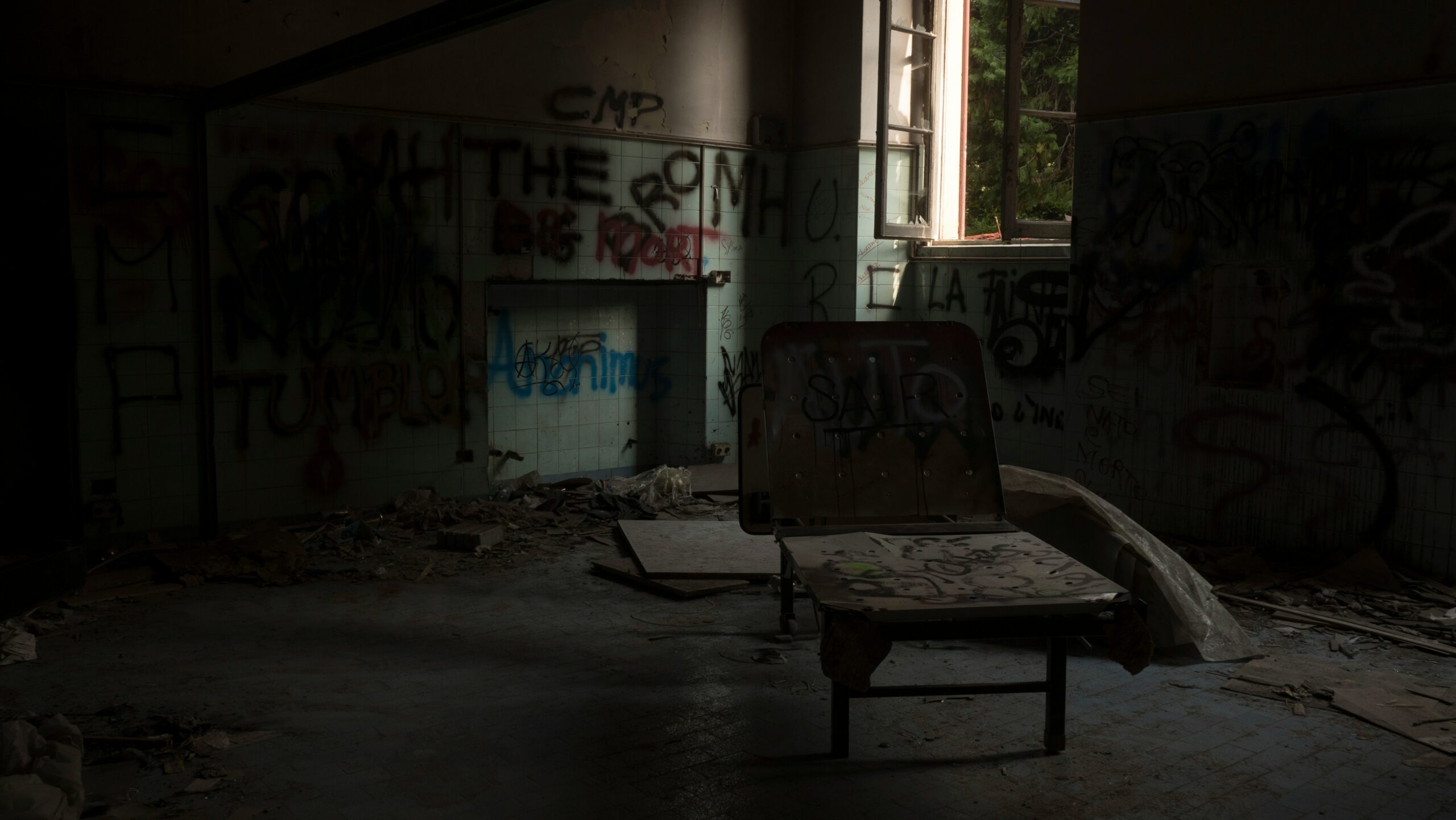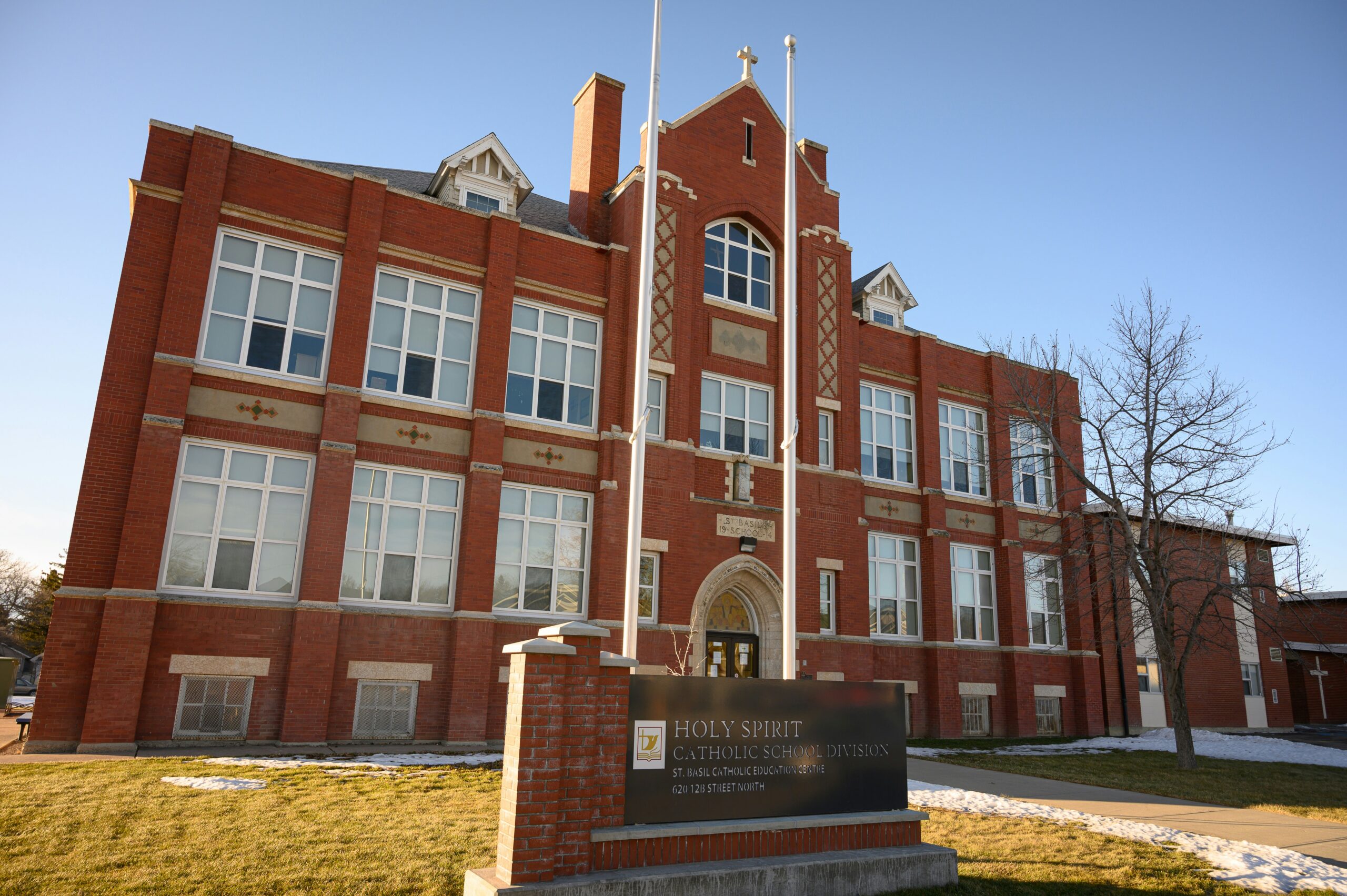Introduction to the Incident
The mass shooting that occurred in Las Cruces, New Mexico, is a profoundly tragic event that has left a lasting impact on the community. On a fateful Saturday evening, specifically on April 9, 2022, the harmonious atmosphere of a neighborhood was shattered by senseless violence. The incident took place outside a local venue where residents had gathered to enjoy a sense of community and camaraderie. As individuals were mingling and sharing moments with friends and family, chaos erupted within moments of the attack.
Beyond being just an incident of violence, the Las Cruces mass shooting highlights broader issues of gun violence that affect many communities across the United States. It prompts essential questions about safety, mental health, and the effectiveness of current laws surrounding firearms. As the community attempted to heal, discussions surrounding prevention measures and the importance of intervention efforts became prevalent in local discourse.
The deep scars left by this tragedy will take time to heal, but the resilience of the Las Cruces community serves as a testament to the strength of the human spirit. As citizens come to terms with this loss, they also seek solace in support networks and solidarity in the face of adversity.
Overview of Mass Shootings in the United States
The phenomenon of mass shootings in the United States has reached alarming proportions, establishing a grim trend that has evoked widespread concern and debate. Defined as incidents where four or more individuals are killed or injured, mass shootings have been a pervasive issue, manifesting in various environments such as schools, workplaces, and public venues. According to recent statistics, the frequency of these tragic events has escalated over the years, with 2022 witnessing over 600 mass shootings, a stark increase compared to earlier decades.
Delving into the numerical data reveals a troubling reality—between 2000 and 2021, the United States experienced a gradual rise in both the frequency and lethality of mass shooting incidents. The Gun Violence Archive reported that in recent years, mass shootings accounted for thousands of injuries and fatalities, underscoring an urgent public health crisis. The ramifications extend beyond the immediate victims; families, communities, and even the nation at large bear the trauma resulting from these violent outbursts.
Common locations for mass shootings often include educational institutions, places of worship, shopping centers, and entertainment venues, highlighting a disturbing trend: no place is deemed completely safe. Moreover, the profiles of mass shooters vary, though certain patterns have emerged—many perpetrators tend to be predominantly male, often acting alone, with motives ranging from personal grievances to ideological beliefs. This complex interplay of factors complicates the understanding of mass shootings, revealing a tapestry of societal issues that must be addressed systematically.
Understanding the broader context of mass shootings is crucial in comprehending individual incidents such as the Las Cruces shooting. By recognizing historical trends, patterns, and locales associated with mass shootings, one can better grasp the urgency behind preventive measures and the need for comprehensive policy discussions aimed at mitigating this growing epidemic of violence.
Details of the Las Cruces Shooting
The Las Cruces mass shooting, which occurred on a fateful day in October 2023, has left the community grappling with the aftermath of a tragic event that took the lives of numerous individuals and injured many others. Law enforcement officials and emergency services responded swiftly to reports of gunfire at a local venue, an action that likely prevented further loss of life. The shooting resulted in a total of nine fatalities and at least sixteen individuals wounded, with many in critical condition at the time of reporting. Such a considerable number of casualties in a close-knit community has had profound implications for residents of Las Cruces.
Upon receiving the emergency calls, the response teams comprised officers from the Las Cruces Police Department, alongside paramedics and firefighters. Their prompt action ensured that victims received immediate medical attention, although the chaotic scenes within the venue posed significant challenges for first responders. Eyewitnesses recounted harrowing experiences, describing the panic and fear that engulfed the crowd as the sound of gunfire echoed. One eyewitness noted that the scene was filled with confusion as people attempted to escape, some carrying injured friends and family members while others took shelter to protect themselves from potential harm.
In the immediate aftermath of the shooting, community leaders and local officials expressed their sympathies to the victims’ families while also emphasizing the need for healing and unity. Vigils were organized in memory of those who lost their lives, showcasing the resilience of the Las Cruces community in the face of profound tragedy. This devastating incident has sparked conversations surrounding gun violence and public safety, urging citizens to galvanize for change in hopes of ensuring such a tragedy does not befall their community again.
Victims and Their Stories
The Las Cruces mass shooting deeply affected numerous individuals, each with their own stories, dreams, and aspirations. Acknowledging the lives lost is vital not only for honoring their memories but also for reminding us of the human impact of such tragedies. Among the victims was a beloved teacher, known for her dedication to her students and her community. Her passion for education inspired countless young minds, and her absence is keenly felt by her colleagues and former pupils alike.
Another victim was a local shop owner who had spent years building a family-run business. His warm presence was felt in the neighborhood, where he often organized community events to foster camaraderie and support. Friends described him as a generous spirit who would go out of his way to help others. His untimely passing has left a significant void in the community he served so faithfully.
The shooting also claimed the life of a recent college graduate, whose ambitions and excitement for the future were palpable. Known for her volunteer work and activism, she was dedicated to making a difference in her community. Along with her academic achievements, her commitment to uplifting others has inspired friends and family to honor her legacy by continuing her mission of service and advocacy.
Additionally, several individuals were injured during the incident, and their journeys toward recovery are fraught with challenges. They face emotional and physical hurdles as they navigate the aftermath of the tragedy, often needing support from loved ones and mental health professionals. The stories of these victims highlight the broader impact of the shooting, affecting not only those directly involved but the entire Las Cruces community, which now stands united in mourning while seeking ways to heal. Each life lost paralleled countless connections, creating a ripple effect that touched families, friends, and even acquaintances, demonstrating the profound loss felt across the region.
The Response from Law Enforcement and Local Officials
In the wake of the tragic Las Cruces mass shooting, law enforcement and local officials swiftly mobilized to address the immediate concerns and provide assistance. The Las Cruces Police Department promptly arrived on the scene, prioritizing the safety of any survivors and ensuring that the area was secured to prevent further harm. Emergency medical services also played a crucial role, with ambulances dispatched to transport the injured to local hospitals for urgent treatment.
Local officials, including the mayor and city council representatives, held a press conference shortly after the incident, expressing their condolences to the victims and their families. They underscored the importance of community support and resilience in the face of such a harrowing event. Statements from law enforcement emphasized their commitment to a thorough investigation, aiming to uncover the details surrounding the shooting and to bring justice to those affected.
In addition to immediate actions, local authorities launched an extensive investigation into the tragedy. This involved not only local police but also the involvement of federal agencies such as the FBI, highlighting the gravity of the situation. Officials noted that the investigation would encompass a comprehensive review of evidence, witness testimonies, and any relevant surveillance footage. Their coordinated effort aimed at understanding the circumstances leading to the shooting and preventing future occurrences.
Meanwhile, community members were encouraged to report any information that could aid the investigation, reinforcing the notion that public collaboration is vital in such crises. Local officials took the opportunity to discuss the broader context of gun violence and highlighted ongoing efforts to enhance community safety, including potential reviews of gun control measures. Overall, the collective response from law enforcement and local officials reflects a commitment to addressing the immediate aftermath of the Las Cruces mass shooting while laying the groundwork for future prevention and healing in the community.
Community Reactions and Vigil Events
The tragic Las Cruces mass shooting has significantly impacted the local community, leaving residents grappling with grief and shock. In the aftermath, it is common to witness communities rallying together to offer support and solace in times of distress. Las Cruces is no exception, as citizens and local organizations have mobilized to honor the victims and provide comfort to those affected by this senseless act of violence.
Numerous vigils were organized across the city, with residents gathering to remember the lives lost and to stand in solidarity with the families. These events served as a poignant reminder of the importance of community in healing. Participants, holding candles and flowers, shared heartfelt stories, expressed their condolences, and united in their shared sorrow. The collective mourning allowed individuals not only to pay their respects but also to foster a sense of belonging and emotional support among one another.
In addition to vigils, community leaders and mental health professionals have stepped in to address the psychological repercussions of the shooting. Workshops and counseling sessions were made available to residents, focusing on coping strategies for dealing with trauma and loss. The goal was to create a safe space where individuals could express their feelings and receive professional guidance. The emotional impact on the residents of Las Cruces is profound, with many experiencing feelings of fear, anger, and sadness as they come to terms with the reality of such violence occurring in their community.
This communal support and the organization of memorials illustrate the resilience of the Las Cruces community. By coming together, residents demonstrate their commitment to healing and to honoring the memory of those who were tragically lost. The collaborative efforts of community members highlight the strength found in unity during times of adversity.
Discussion on Gun Laws and Policy Implications
The Las Cruces mass shooting incident has spurred significant discourse regarding gun laws in New Mexico, accentuating the ongoing national debate over gun control and public safety. Gun laws in New Mexico, as in various states across the U.S., are shaped by a complex interplay of historical precedents, cultural attitudes towards firearms, and legislative efforts aimed at striking a balance between Second Amendment rights and community safety. Currently, New Mexico’s gun laws permit the purchase and ownership of firearms, but there are stipulations, such as background checks for buyers at gun shows and restrictions on the sale of certain types of weapons.
The tragedy in Las Cruces has raised crucial questions about the efficacy of existing gun regulations. Advocates for stricter gun control legislation argue that enhancing background checks, implementing mandatory waiting periods, and regulating the sale of high-capacity magazines could mitigate the risk of mass shootings. They contend that every incident highlights the urgent need for legislative reform aimed at preventing the escalation of gun violence. Conversely, proponents of gun rights assert that such measures infringe upon individual liberties and argue that focusing efforts on mental health resources and community safety initiatives might offer more sustainable solutions.
This incident has further galvanized advocacy groups on both sides of the issue. Organizations pushing for more stringent gun control laws are urging lawmakers to consider comprehensive reviews of existing regulations, with the goal of identifying gaps that may allow potentially dangerous individuals to acquire firearms. On the other hand, discussions surrounding gun rights highlight the importance of ensuring that responsible gun ownership is not hindered by overly restrictive regulations that may disproportionately affect law-abiding citizens.
As New Mexico grapples with these critical implications, the pathway forward may require a nuanced approach, fostering collaboration between legislators, local communities, and advocacy groups to address the complexities involved in gun laws and their impact on public safety. This road towards effective policy reform may ultimately focus on equitable solutions that balance the rights of individuals with the necessity of community security.
Mental Health Impact and Support Resources
In the wake of tragic events such as the Las Cruces mass shooting, the profound psychological effects on survivors and the broader community cannot be overstated. Individuals exposed to such violence often experience a range of mental health issues, including post-traumatic stress disorder (PTSD), anxiety, depression, and an overwhelming sense of grief. The ramifications extend beyond direct victims, affecting families, friends, and the larger community grappling with fear and uncertainty.
The impact of trauma can manifest in various ways; survivors may find themselves struggling with intrusive memories, emotional numbness, and difficulties in daily functioning. It is essential for communities to recognize these symptoms and provide adequate support systems to address the mental health needs of affected individuals. Furthermore, community-wide initiatives can play a pivotal role in healing. Local organizations, faith groups, and mental health practitioners often mobilize to create safe spaces where individuals can discuss their experiences, fostering an environment of connection and understanding.
Fortunately, a range of mental health resources is available to those in need following such tragedies. Many communities implement crisis hotlines, counseling services, and peer support groups aimed at offering immediate assistance to individuals coping with the aftermath of trauma. National mental health organizations also provide valuable resources, including therapists trained specifically in trauma care. These resources can help survivors process their experiences and regain a sense of stability and hope.
In addition to traditional therapy, alternative support approaches, such as mindfulness practices, art therapy, and community activities, have gained popularity as effective methods to improve mental well-being. By integrating these varied support mechanisms, communities can ensure a comprehensive approach to mental health care, helping individuals heal and fostering solidarity in the face of unforeseen challenges.
Closing Thoughts and Future Outlook
The Las Cruces mass shooting serves as a stark reminder of the pervasive issue of gun violence in the United States. This tragic event has spurred discussions not only about the immediate impacts on the lives lost and the community affected but also on broader societal implications. As communities grapple with the emotional fallout, there is a pressing need for conversations surrounding safety, mental health, and the effectiveness of existing gun laws.
In the wake of such violence, it becomes imperative for communities to engage in proactive dialogues. Addressing mental health issues, which often play a crucial role in preventing such tragedies, is vital. We need to focus on reducing stigma, increasing access to mental health care, and providing support systems that can prevent individuals from reaching a breaking point. Communities can foster safer environments by bringing awareness to mental health and encouraging open discourse about emotional well-being.
On a national scale, the Las Cruces mass shooting amplifies the urgency for legislative measures that prioritize public safety. The discourse around gun laws must evolve, focusing on crafting effective policies that balance the rights of individuals against the need to protect communities from potential threats. Striking the right balance will require cooperation and commitment from policymakers, advocates, and citizens alike.
Furthermore, community engagement is essential in advocating for better policies and practices regarding gun safety and mental health awareness. Citizens are encouraged to participate in forums, support initiatives for advocacy, and collaborate with local leaders to foster change. By remaining vigilant and informed, communities can play a pivotal role in shaping a safer future for all.
In conclusion, the aftermath of the Las Cruces mass shooting necessitates an ongoing commitment to addressing the underlying issues that contribute to gun violence. By prioritizing mental health, advocating for sensible gun legislation, and fostering community engagement, we can work towards preventing future tragedies and ensuring the safety and well-being of all citizens.



